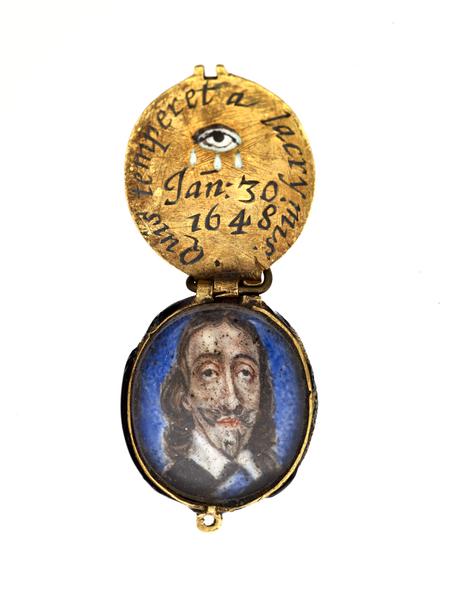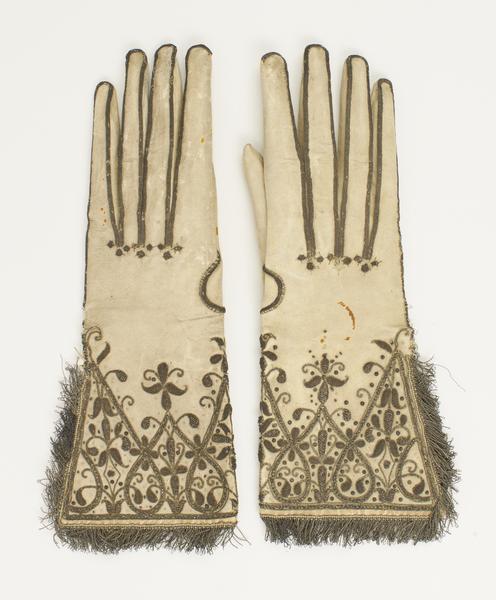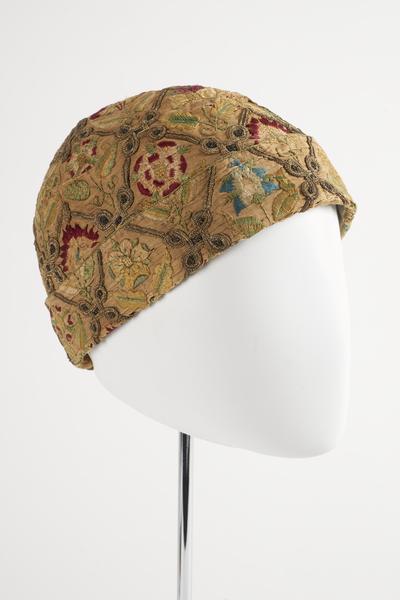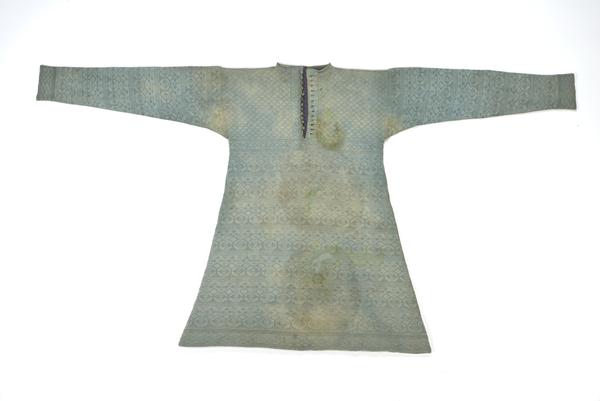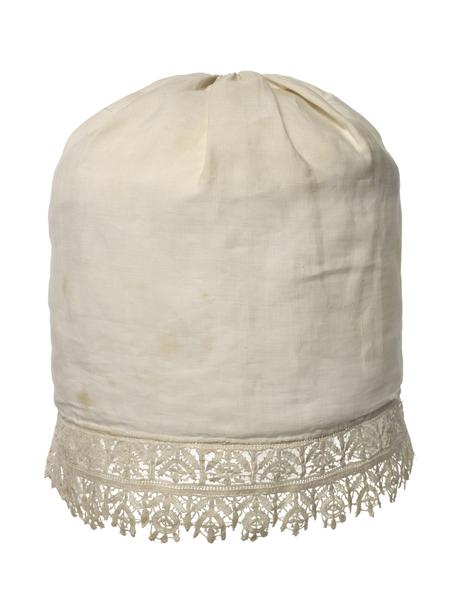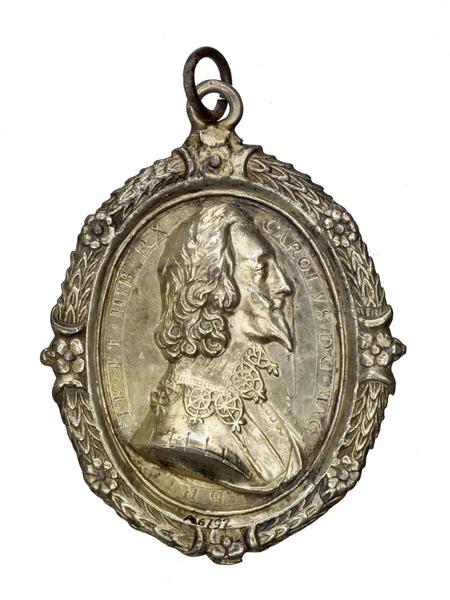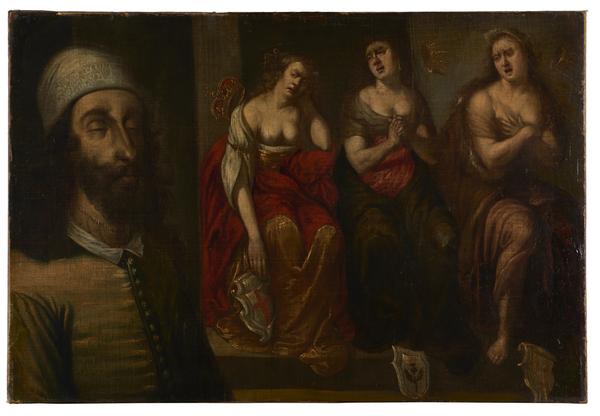Why Charles I was executed
King Charles I was executed for high treason in 1649, after the Civil Wars pitted his supporters against Parliament for control of the country.
Banqueting House, Whitehall
30 January 1649

This portrait of King Charles I shows him as a holy martyr.
The king who crossed Parliament
We’ve had our fair share of modern leadership disasters. Their time in power has sometimes come to an unhappy end. But that’s nothing compared to Charles I – the only British king to have ever been tried for treason and executed.
This was an extraordinary event, ordered by Parliament and carried out in public, on a platform in Whitehall.
So how did Charles end up there, with his head on the block?
It’s mainly down to his disagreements with Parliament, and the religious beliefs of the king and his people.
Charles fought the Civil Wars (1642–1651) to hold on to his power. Losing it cost him his life.
“Charles believed kings got their authority to rule from God”
The king's family tree
Queen Elizabeth I was the last of the Tudors, the family who ruled England for the entire 16th century. When she died in 1603 she had no children, so her relative James I became king.
James was already king of Scotland, where he was known as James VI. He was the first Stuart king of England.
Charles I was James’ son. Born in Scotland in 1600, Charles moved to England when his father took the throne, setting up home in Whitehall Palace, London.
After James I died, Charles was crowned king of England, Scotland and Ireland in 1626.

Charles I is shown here with his family, including his wife and son, Charles II.
Parliamentary problems
Before the crown was even on Charles’ head, he angered people by marrying the French princess Henrietta Maria – a Catholic.
This marriage – and Charles’ religious ideas and alliances – created disagreements with English puritans and Scottish covenanters, two Protestant groups.
Charles also lost the backing of the English Parliament and attempted to raise taxes without its permission.
Charles believed kings got their authority to rule from God. For many years, he refused to have a Parliament which might interfere.
How the Civil Wars started
Trouble began with the Bishops’ Wars in Scotland in 1639. Then rebellion broke out in Ireland in 1641.
The English Parliament began to openly defy Charles. On 3 January 1642, Charles broke tradition by entering the House of Commons with an armed guard.
This caused uproar. Charles left London for York, and the Civil Wars broke out in mid-1642.
Charles I had his supporters – royalists, known as cavaliers. But they were ultimately defeated by Parliament’s armies. Oliver Cromwell led many of parliament’s victories, becoming a famous general.
After a bloody series of battles, sieges and failed negotiations, Charles was taken prisoner in 1647.

Charles I was executed on a stage built outside Banqueting House in Whitehall.
A very public execution
In prison, Charles plotted to take back England with help from the Scots.
The plan failed, only making Parliament more angry. They now saw him as a tyrant, and charged Charles with high treason.
Charles’ death warrant was signed by 59 men, including Cromwell, who later ruled the country as lord protector.
The king refused to plead either guilty or not guilty and denied that the court had power over a monarch chosen by God.
He was executed on 30 January 1649 outside the Banqueting House in Whitehall. A vast crowd watched as his head was cut off.
What was Charles I’s legacy?
After Oliver Cromwell died, the monarchy resumed. Charles’ son – Charles II – became king in 1660.
Supporters of the monarchy honoured Charles I as the “martyr king”, and objects linked to his execution were treasured. There are many of these objects in our collection, including a locket made for loyalists to commemorate his death, with the message: “I live and die in loyalty”.
On the other hand, Charles I’s execution set a powerful example for how Britain would be governed in the future, with Parliament holding more power.
For a very visible legacy of the king, a statue of Charles I riding his horse can be seen at Trafalgar Square in central London.





